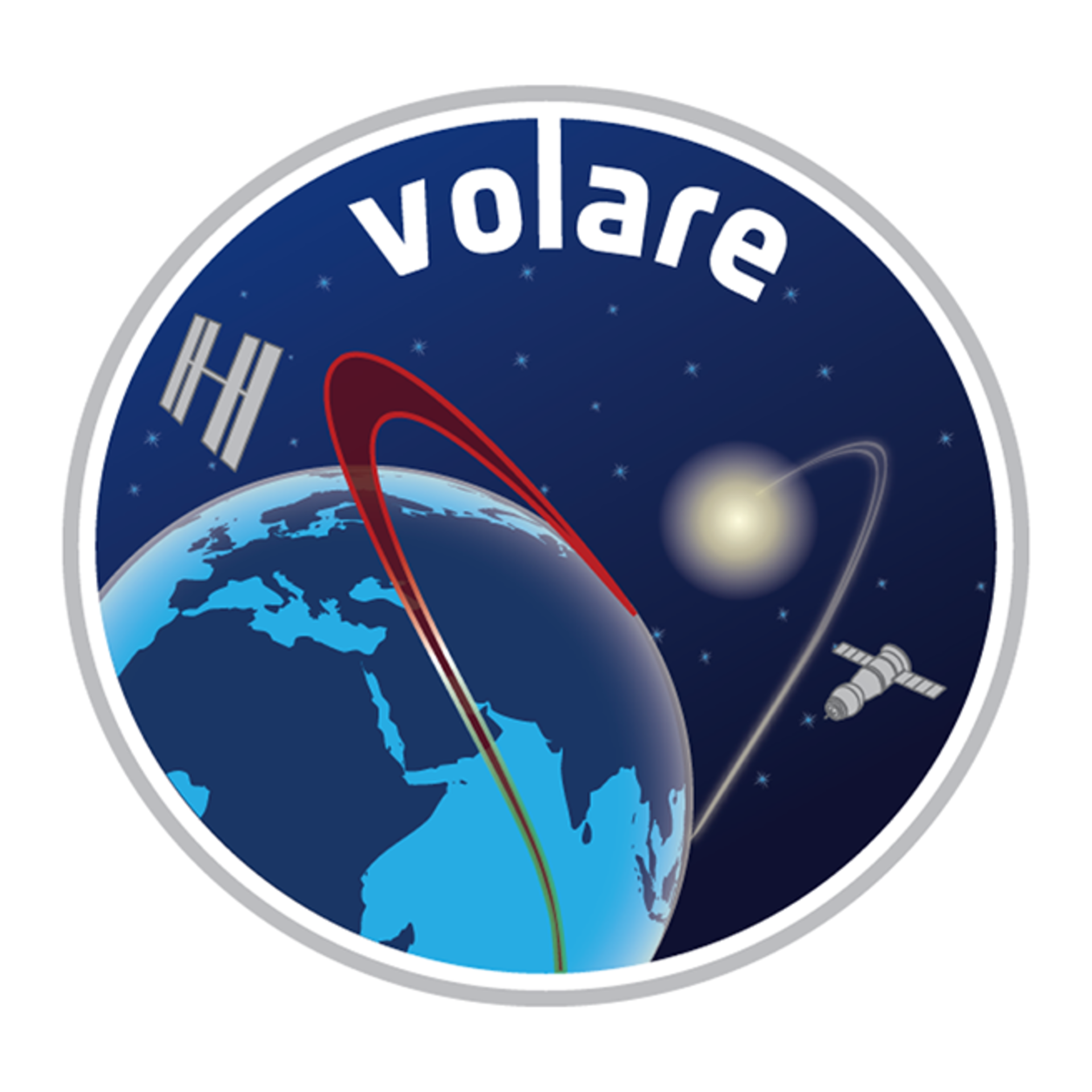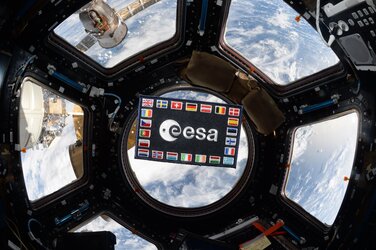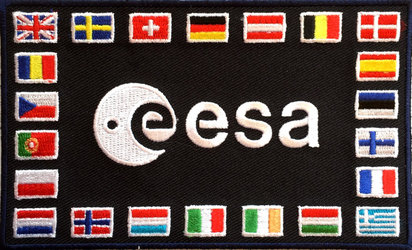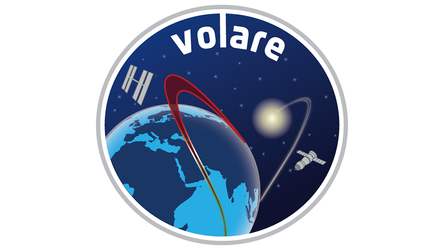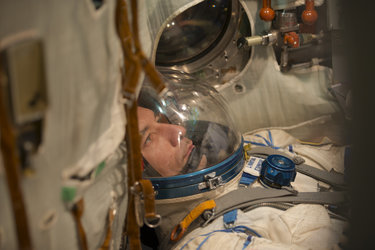Mission patches
Luca Parmitano will have four patches for his mission. First, his mission name is Volare, submitted by Norberto Cioffi to a competition in Italy. Meaning ‘to fly’ in Italian, it symbolises the search for new frontiers and opportunities for discovery.
The winning logo was designed by Ilaria Sardella from San Giorgio Ionico in Southern Italy. It was chosen because it contains many elements of Luca’s mission: the Soyuz spacecraft that will fly him to the orbital outpost, the Station itself and the colours of the Italian flag.
The orbits represent our desire to travel beyond Earth and the Sun, as well as our thirst for knowledge. Both competition winners will travel to Star City to follow Luca’s training at the Gagarin Cosmonaut Training Centre near Moscow, Russia.
Expedition patches
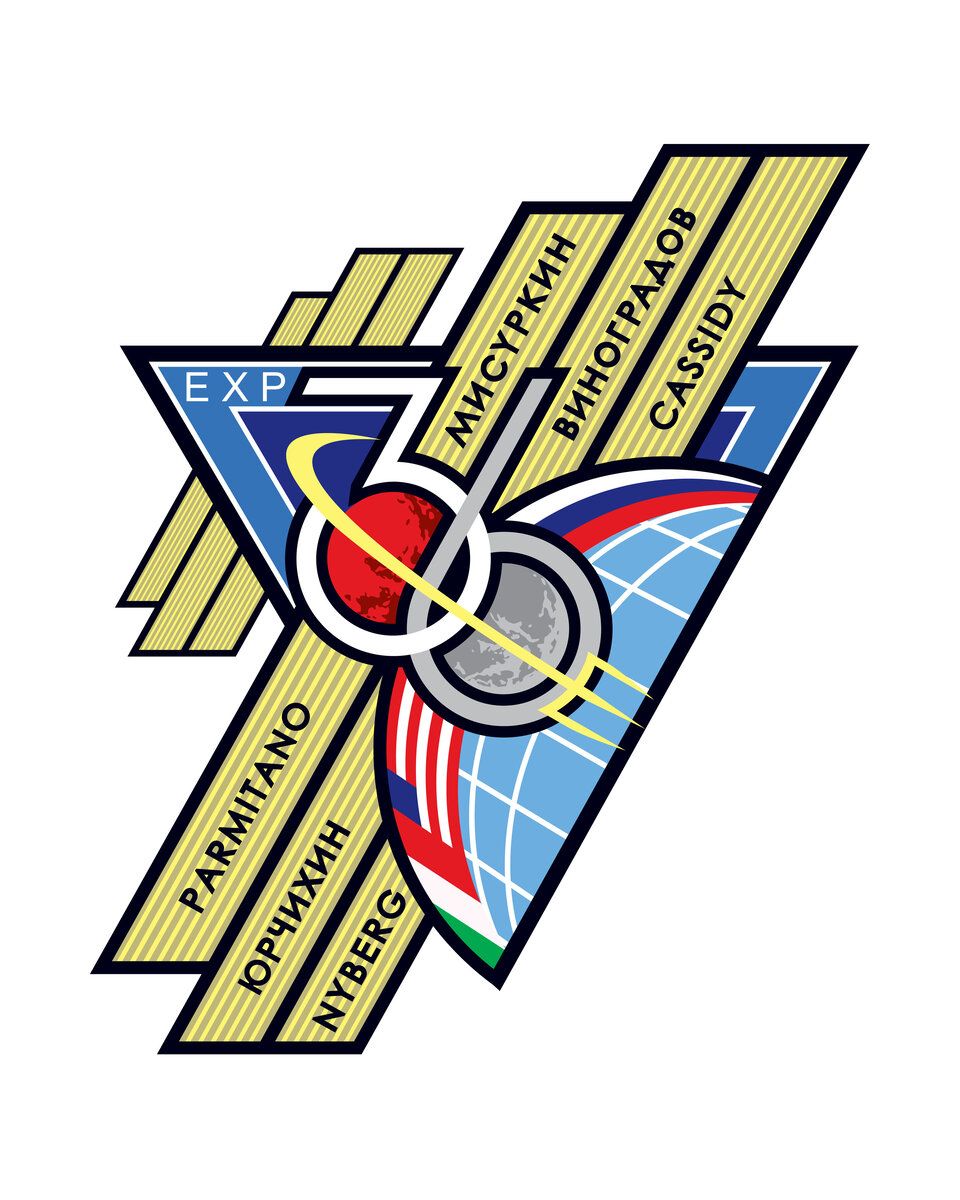
Luca’s name also features on the patches that belong to Expeditions 36 and 37.
The Expedition 36 patch was designed by Blake Dumesnil and the Expedition 36 crew. It portrays the iconic solar wings of the Space Station, with the slanted angles representing infinite scientific research, education and long-duration spaceflight capabilities the outpost provides. The numbers 3 and 6 intertwine to form a 36, its grey colour signifying the unity and neutrality of the Station’s international partners.
The numbers surround stylised impressions of Mars and the Moon – goals for exploration beyond Earth orbit. The central gold orbit wraps around the number 36 to form a trident at its lower right tip and, together with the globe, symbolises Earth in the form of the sea, air and land. The world below contains the three national flags of the crew, Italy, USA and Russia.
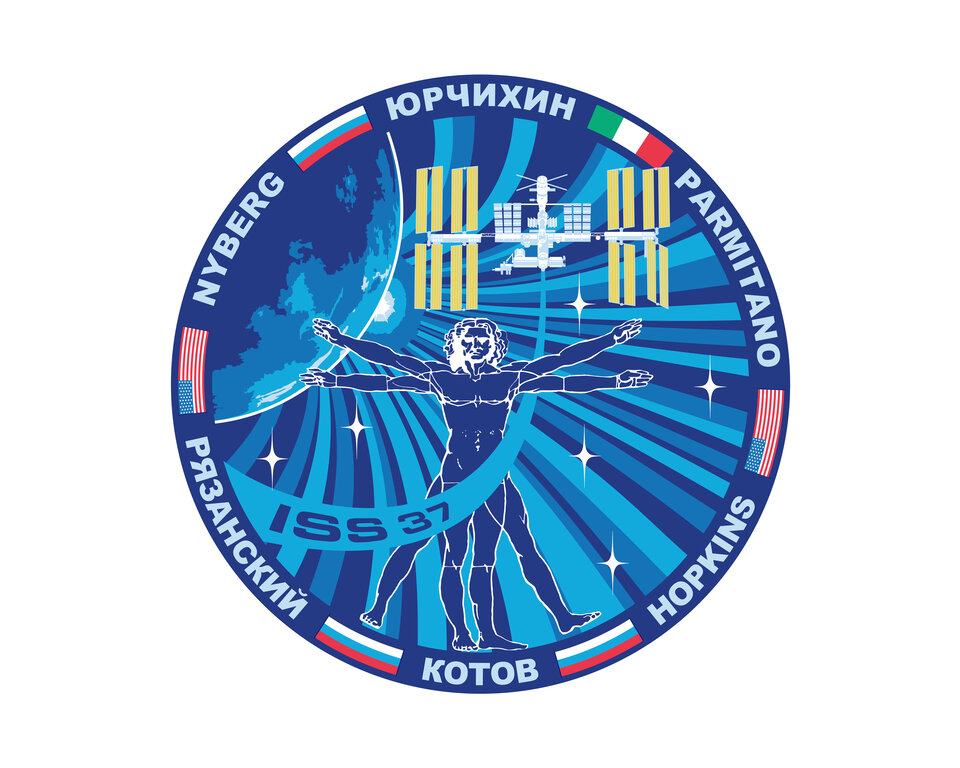
When Luca and his crewmates move into Expedition 37, they will wear a patch designed by Jorge Cartes from Spain and Luc van den Abeelen from the Netherlands. It features Leonardo da Vinci's ‘Vitruvian Man’, created over 500 years ago.
Vitruvian Man is often seen as a symbol of symmetry of the human body and the Universe as a whole. The International Space Station flies above the man with its solar wings spread out also in almost perfect symmetry, representing the ultimate symbol of science and technology of our age.
Six stars dotted around represent the six members of Expedition 37, with their names and national flags along the edge.
Soyuz patch
Luca will also wear a patch for his Soyuz spacecraft, TMA-09M. This patch shares design elements from Commander Fyodor Yurchikhin’s previous two Soyuz missions, TMA-10 and TMA-19. A bright blue rim features the crew names and frames Earth and a spacecraft in yellow and orange. The white and light blue streaks underneath the Soyuz symbolise that this is Fyodor’s fourth mission to space, his first being on NASA’s Space Shuttle for STS-112.
This design shares an element with another patch – the stylised Space Station is the same as the one in the Expedition 37 patch. The Soyuz patch was designed by Luc van den Abeelen, Dmitri Shcherbinin and Fyodor.


